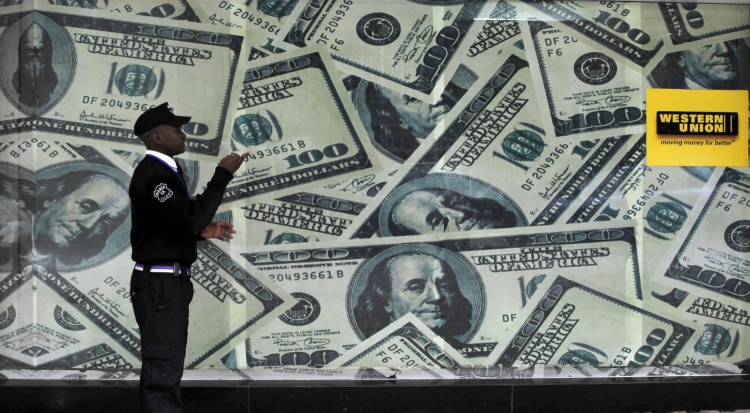According to a survey of currency strategists, the dollar's decline in the foreign exchange markets is only temporary and the currency still has the power to recover or surpass its most recent highs and continue its unrelenting rise.
On Wednesday, the Fed is anticipated to hike its benchmark rate by 75 basis points, marking its fourth consecutive large increase. Interest rate futures, however, indicated a split on the likelihood of a 75 or 50 basis point increase for the December meeting.
The dollar, which is up over 16% for the year after reaching a top of nearly two decades in September due to the U.S. Federal Reserve, which fueled the currency's gain, was anticipated to be getting close to the end of its cycle of rising interest rates. More than two-thirds, or 30 of 44 analysts, responded to a follow-up query in a poll conducted between Oct. 28 and Nov. 1. One poll predicted that by year's end, the dollar would either surpass its most recent highs (22) or regain them (8). The other 14 predicted a decline from the current levels.
"Everybody's talking about a pivot, whether or not after we get this week's meeting over and done with the Fed will be able to move by less. But I fail to see that as being a factor which is going to significantly undermine the dollar," Jane Foley, head of FX strategy at Rabobank told CNBC.
For the dollar to decline significantly, investors must shift to riskier currencies, according to Foley, who also noted that "as long as the Fed is still hiking, even by small increments, I don't think that environment would be there."
Even while the dollar was anticipated to continue to be resolutely strong in the short future, the 12-month forecast still showed that the currency will lose some ground to its rivals. The poll also revealed that most emerging market currencies, which have fallen to their lowest levels in at least 10 years, were predicted to stay at those levels or decline even worse throughout the course of the rest of this year and into the first few months of the following.
Over the next three months, it was anticipated that the euro would continue to be under pressure. The currency was down over 13% against the dollar and was only 1% away from posting its worst annual performance since the currency's introduction in 1999. The estimate for the common currency, which has primarily been below parity versus the dollar since August, called for it to remain there for the next three months and reach parity with the dollar only in six. In a year, it was anticipated to trade at or near $1.04.






